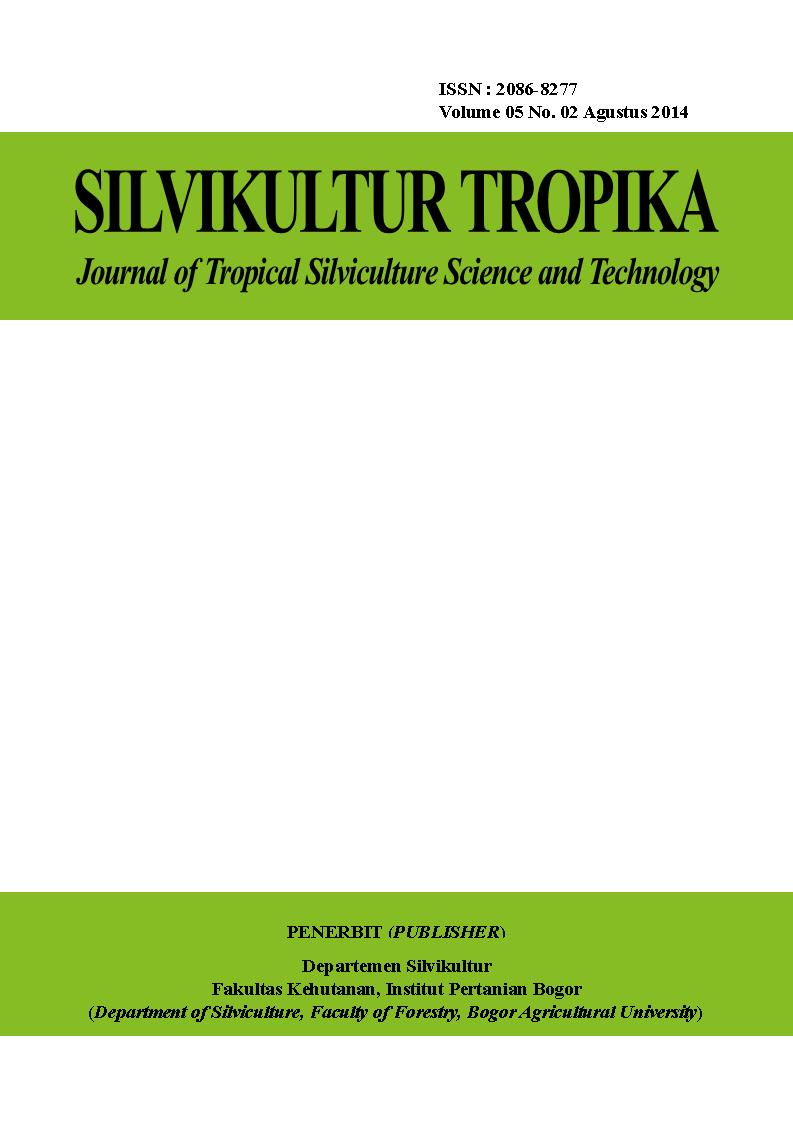-
Lailan Syaufina
Silvikultur, Fakultas Kehutanan, IPB
-
Rinenggo Siwi
Silvikultur, Fakultas Kehutanan, IPB
-
Ati Dwi Nurhayati
Silvikultur, Fakultas Kehutanan, IPB
Abstract
Riau is one of the areas in Indonesia which annually contributes to the regional haze problem, not only in Indonesia but also to neighboring countries, one of which comes from Sepahat village, Bukit Batu subdistrict, Bengkalis district, Province of Riau in 2009-2010 contributed the big haze until neighboring countries. Information about data hotspot may be one source of early detection information of forest fires and land. If the data hotspots combined with rainfall data, it will discover the model calculations of spatial correlation between the amounts of rainfall with the amountsof hotspot detection in Sepahat village. This study is aimed to compare hotspot of the NOAA-18 satellite with hotspot data of the TERRA-AQUA satellite and examine the correlation between rainfall and hotspot in 2008-2010. This study uses hotspot secondary data by NOAA satellite from the Ministry of Forestry of Indonesia, hotspot secondary data byAQUA TERRA satellite from Center for Applied Biodiversity (CABS), and rainfall data from the Department of Agriculture and Animal Husbandry of Bengkalis. The result of this study indicates that the number of hotspot detection captured by TERRA-AQUA satellite is higher than that of the NOAA satellite. Average hotspot detection from NOAA satellite in 2008-2010 was 11 hotspots, while average hotspot detection from TERRAAQUA satellite in 2008-2010 was 119 hotspots. While average rainfall in Bukit Batu sub-district, in 2008-2010 was 1617.8 mm/year. The result of the correlation between the amount of rainfall and hotspot detection from NOAA satellite is 0.893, while the result of the correlation between the amount of rainfall and hotspot detection from TERRA-AQUA satellite is 0.5888. Best Equation Model of rainfall with hotspot detection in Sepahat village, Bangkalis is y = 146.5 - 17.49x + 8.52x2 - 0.5444x3 whereby y is the number of hotspots of NOAA satellite and x is rainfall.










